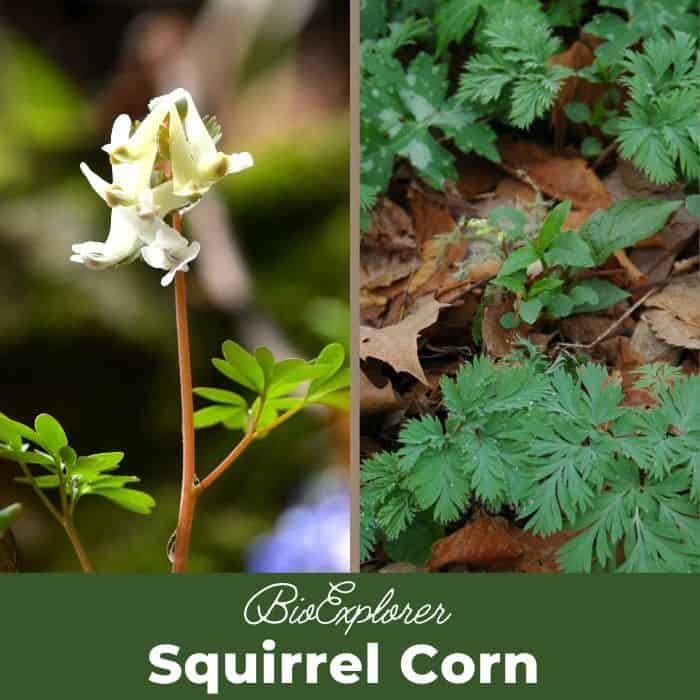
| Plantae | Ranunculales | Papaveraceae | Dicentra | Dicentra Canadensis |
- Plant Type: Perennial herb.
- Common Names: Squirrel Corn.
- Color: White, Pink
- Flower Dimensions: 0.5 inches in length.
- Flowering Season: April and May.
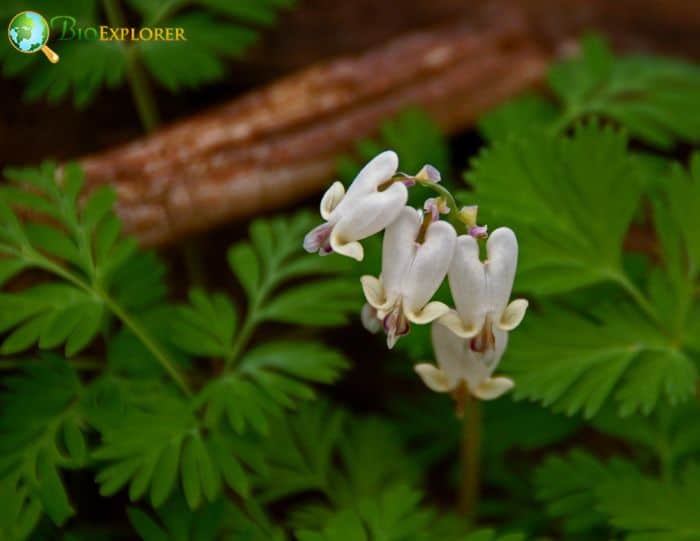
Dicentra canadensis is a perennial herb with blue-gray and fernlike foliage. This species belongs to the family Fumeriaceae. The squirrel corns are natives to the east of North America.
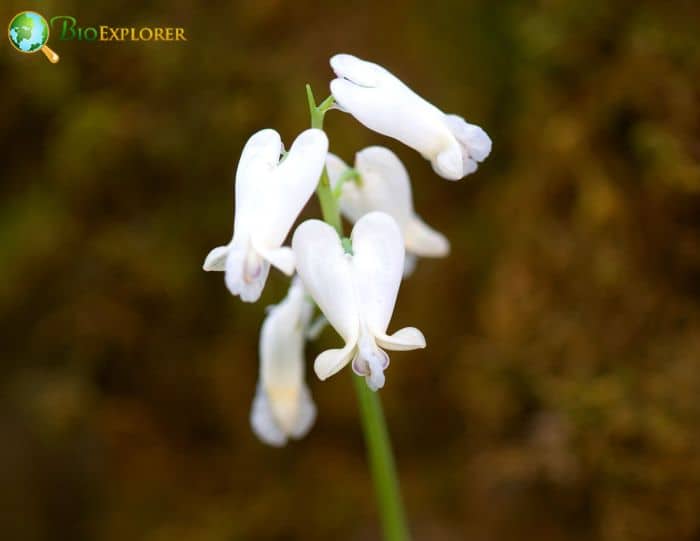
- The foliage of the Squirrel Corn is 6-10 inches. The compound leaves of the Dicentra canadensis are finely-cut, smooth, lacy, and blue-green.
- The flowers of the Squirrel Corn are dainty and shaped like broad hearts. These flowers are fragrant in pinkish white. Sometimes, the flowers have pale lavender tinged.
- The flowers of the Squirrel corn look like porcelain earrings above the foliage. The showy and fragrant flowers of D. canadensis are in a raceme.
- Plants of Dicentra canadensis become dormant after they bloom.
Where can Squirrel Corns be mostly spotted?
Interesting Facts about Squirrel Corn
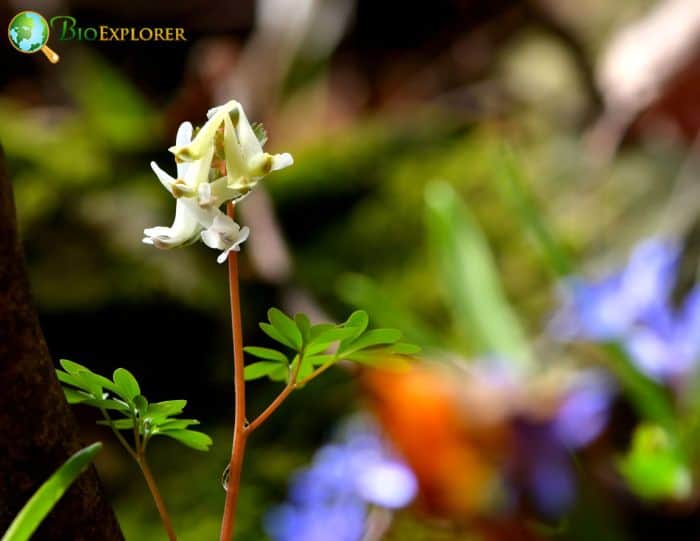
- All parts of the Squirrel Corn plant are toxic only in large quantities[1]. However, it can also cause skin rashes.
- The Squirrel Corn plants become dormant after they bloom. The mice and chipmunks are skilled in transplanting the tubers of the squirrel corn. Dicentra canadensis[2] is called Squirrel Corn because the underground food storage structures of the plant resemble corn kernels.
- The dried tubers[3] of the Squirrel Corn are medicinal. It is used for the treatment of syphilis and menstrual complaints. In addition, the dried tubers are diuretic and tonic.
- Dicentra canadensis[4] is reported to contain aporphine alkaloid bulbocapnine and dicentrine. Scientists were reviewing the cytotoxic properties of the aporphinoids and their possibility for developing anti-cancer agents.
- Researchers studied the flavonoid components of Dicentra canadensis[5] to investigate its relationship with other species in the genus. Results show that D. canadensis is closely related to D. cucullaria.
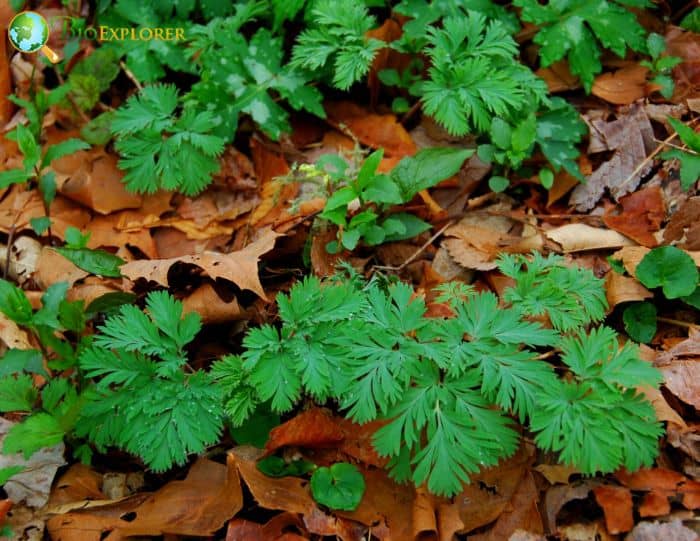
Suggested Reading: Flowers In Various Shades
Cite This Page
APA7MLA8Chicago
BioExplorer.net. (2025, April 14). Squirrel Corn. Bio Explorer. https://www.bioexplorer.net/plants/flowers/squirrel-corn/.
BioExplorer.net. "Squirrel Corn" Bio Explorer, 14 April 2025, https://www.bioexplorer.net/plants/flowers/squirrel-corn/.
BioExplorer.net. "Squirrel Corn" Bio Explorer, April 14 2025. https://www.bioexplorer.net/plants/flowers/squirrel-corn/.










